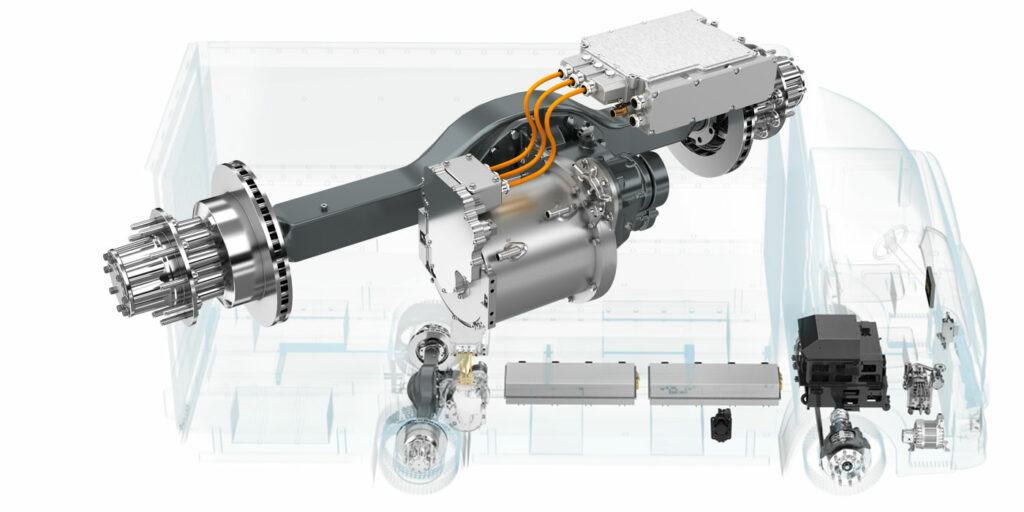One of the most intriguing electric truck technologies is regenerative braking. Who wouldn’t want to capture the energy used to slow the vehicle and send it back to the battery pack? Not only can it help increase an electric truck’s range (which is definitely needed), but it can potentially reduce the number of brake pads you’re changing over the life of the truck.
But how does it work? Or more importantly, how well does it work?
I was going to drop a quote here perfectly summing up how much regen brakes can improve the range or how you’ll never have to replace a brake pad again, but it turns out the answer is complicated. There are definite benefits–foundation brake life and range will most likely increase through the use of regenerative braking, but to what degree is determined by factors that you’d find familiar: equipment spec and application.
So we’re diving into the details. If you want to skip around because this is the internet and why waste time looking for the answer you need, here’s a handy navigation to jump to whatever interests you the most, or just keep scrolling:
What about engine braking equivalent?
So how much power are regen braking systems really capturing?
What about the impact on brake friction?
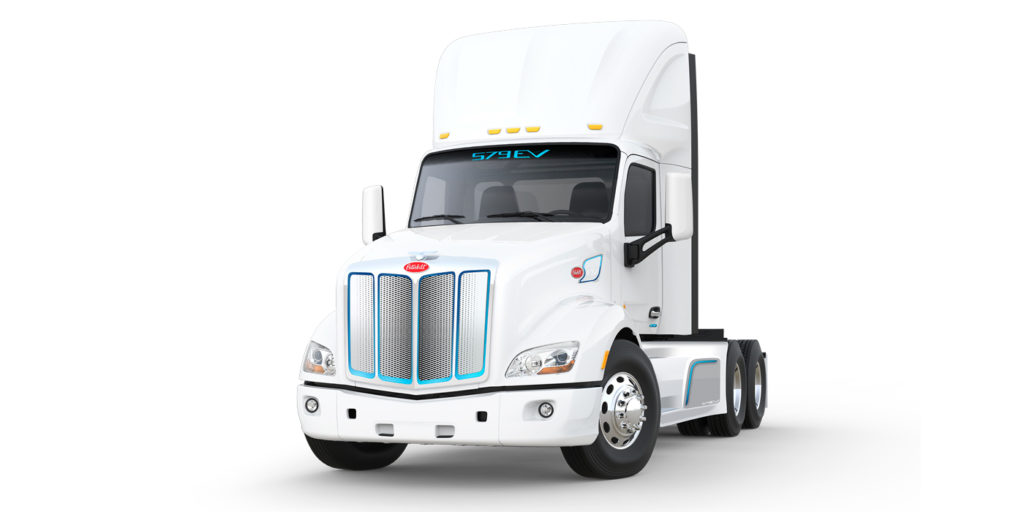
Regen brake design
Here’s a big difference between the braking systems you’re accustomed to on diesel trucks and regenerative braking systems on electric trucks:
“Brake regeneration is not a component,” said Kevin Romanchok, director of eMobility/new business development at Bendix Commercial Vehicle Systems. “Rather, it requires a coordinated system approach between the brake controller and the powertrain either to recapture energy or utilize friction brakes. Bendix EBS has the capability to coordinate deceleration allocation between the brake system and the powertrain system.”
Like many aspects of an electric truck, electronic control makes the magic happen. A panel of technical experts from ZF, including Gerd Schünemann, global product innovation domain manager for electrification, commercial vehicle control systems; Dr. Thomas Dieckmann, technology and innovation officer; and Wolfgang Hahn, product innovation leader for North America, were my guides through the technicalities. Here’s how the EBS works in a hybrid or all-electric powertrain.
“The EBS integrates the energy recuperation in the brake management, so when the driver presses the brake or a driver assistance system demands deceleration of the vehicle, the brake system demands the retardation capabilities of the electrical drive before activating wear-free braking (retarder) and finally friction braking,” they explained. “Recuperation is prioritized. Of course, this principle is valid for the future applications.”
It’s important to note that the regen braking function, from the driver’s point of view, is seamless. The operation of the vehicle doesn’t change, but the way in which the braking system engages does.
“There is a significant integration effort to assure seamless functionality between the powertrain-provided regenerative braking and the foundation brakes to maximize the energy recovery while providing excellent drivability,” noted Jeremy Frenznick, senior director of commercial vehicle engineering at Dana. “Rather than utilizing the foundation brakes to stop/slow or maintain the vehicle speed, and losing that energy to heat, the powertrain applies a negative torque to absorb the energy and recharge the battery.”
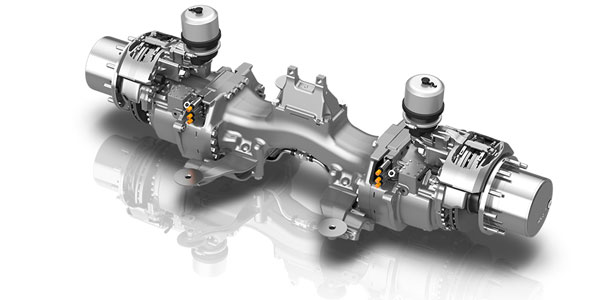
What about engine braking equivalent?
Concerning engine braking: “Regen performs the emulation of on-highway engine braking or slowing the vehicle during a stopping event,” Dana’s Frenznick said. “The regenerative force can be adjusted based on the driving conditions.”
Let that sink in for a minute. The degree to which the electric truck powertrain can be controlled and adjusted is something we can’t even completely answer yet because of the possibilities. Think about how the diesel powertrain has evolved with downspeeding, advanced powertrain controls based on GPS topography and over-the-air software updates. All of that technology is built into the foundation of electric truck powertrains.
In a recent Fleet Equipment Editorial Webinar, Rakesh Aneja, head of eMobility, and Dr. Andreas Juretzka, director of eMobility product development engineering, both with Daimler Trucks North America, noted that regen braking power adjustments are still being made to the forthcoming Detroit e-powertrain, but both relayed that during their pilot testing with their Electric Innovation Fleet and Customer Experience Fleets, customers’ experience showed that one-pedal driving was possible, given the power and adaptability of the regen braking system.
[You can register and watch the on-demand version of the Freightliner Electric Truck Conversation webinar by clicking here. We talk about everything from charging infrastructure and strategy to electric truck operation and even the impact on tire wear. Don’t miss it.]
Of course, not all electric powertrains are the same.
“The capability of regenerative braking’s stopping force depends on the torque capabilities of the electric motors, battery capacity, battery management system and the overall powertrain architecture,” Bendix’s Romanchok said. “It is possible many typical smooth braking applications can be handled by the regenerative system.”
If you’re ready, we’ll talk technical with ZF’s Schünemann, Dieckmann, and Hahn, who explain the braking power regen systems capabilities and braking demands. Here we go:
“The power of a deceleration event can be very high. Imagine a 40-ton vehicle, performing a full stop from 80km/h to 0km/h with 5m/s². The full kinetic energy of the vehicle of 10 megajoules (MJ) has to be taken by the braking system which results in a service brake power ramping down from 4.500 kW to zero.
For the layman like me who has to turn to Wikipedia to put that into perspective, 10 megajoules is “approximately the kinetic energy of a one megagram (ton) vehicle moving at 100 MPH.” Multiplied by 10.
“The deceleration of brake power from the driveline energy is much lower than the maximum full-stop braking power for the vehicle at full weight,” they continued. “It is in the range of the propulsion power of about 400 kW maximum, and may be higher due to compression release engine brake, let’s say, in the range of 600 kW.”
The bottom line is this:
“The typical daily stopping forces are about 10% of the maximum service brake force. This means that with a full electric vehicle almost all braking events during a day may be performed via regenerative braking,” they noted, “but for more forceful brake events the friction brake is still needed.”
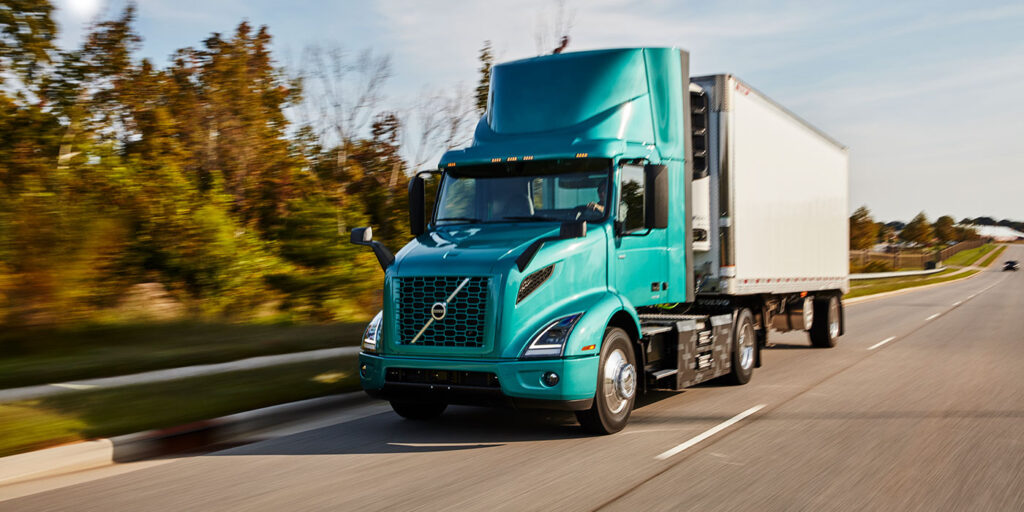
Let’s talk stopping distances
You need your brake system to stop in the manner that you expect it. Going back to the customizability of the electric truck braking system that performs advanced functionality like regenerative braking we talked about in the design section, suppliers and OEMs are working toward customizing an electric powertrain braking system that responds how you’d expect while maximizing the regen capabilities.
From a technical standpoint, Bendix’s Romanchok noted that the stopping distance requirements as cited in the FMVSS 121 do not consider the use of regenerative braking.
“The vehicle needs to stop within the required stopping distance using foundation braking only. The amount of energy required to bring a vehicle from 60 MPH to 0 MPH would overload the powertrain,” he said. “In addition, tighter integration between electric motors, brake system and brake pedal may be beneficial to stopping distance performance.”
Dana’s Frenznick pointed out that, “as part of the functionality integration, regenerative braking is typically suppressed during high-rate braking events or other full braking events. Therefore, stopping distance requirements as well as ABS events, are achieved utilizing the foundation brakes.”
There are a few benefits of regen braking systems in terms of full braking events, ZF’s Schünemann, Dieckmann, and Hahn, noted. “The electrical drive of the vehicle may support the endurance of the vehicle brake system by its recuperative support,” they said. “The quick response time of the electrical drive system is also beneficial.”
So how much power are regen braking systems really capturing?
To answer those questions, you have to make some assumptions about the equipment and application, but ZF’s Schünemann, Dieckmann, and Hahn, provided an example.
But first! Note that the actual power captured in a regen braking event depends heavily on the electric powertrain design and the degree to which that system is used in braking events. The technically minded would also tell you that mechanical and electrical losses reduce the energy that can be recuperated and stored to the battery.
All that said, here’s a regen use-case:
“The total energy needed by a 40-ton vehicle to drive a standard regional delivery cycle is about 162kWh. Let’s assume it is a full electric vehicle with an efficiency of 85% for the eDrive system, when converting the kinetic/potential energy of the vehicle to electrical energy in the battery and vice versa [note: optimized systems may be better, suboptimal systems may be less efficient]. This leads to 190 kWh electrical energy pulled from the battery for driving.
“Without recuperation,” they continued, “the entire energy will be lost when the vehicle stands still after returning to its starting point. Unfortunately, not the entire vehicle energy of 162kWh is accessible for recuperation. About 45kWh will be lost from air drag. Another 65kWh will be lost to overcome rolling resistance. From the remaining 52kWh about 6kWh has to be subtracted for conventional braking. So finally, 46kWh are accessible for recuperation, resulting in 39kWh re-charged to the battery.
“To state it simply, with recuperation an extended range of about 20% can be realized.”
In this specific application use case. Your mileage… er, range, may vary.
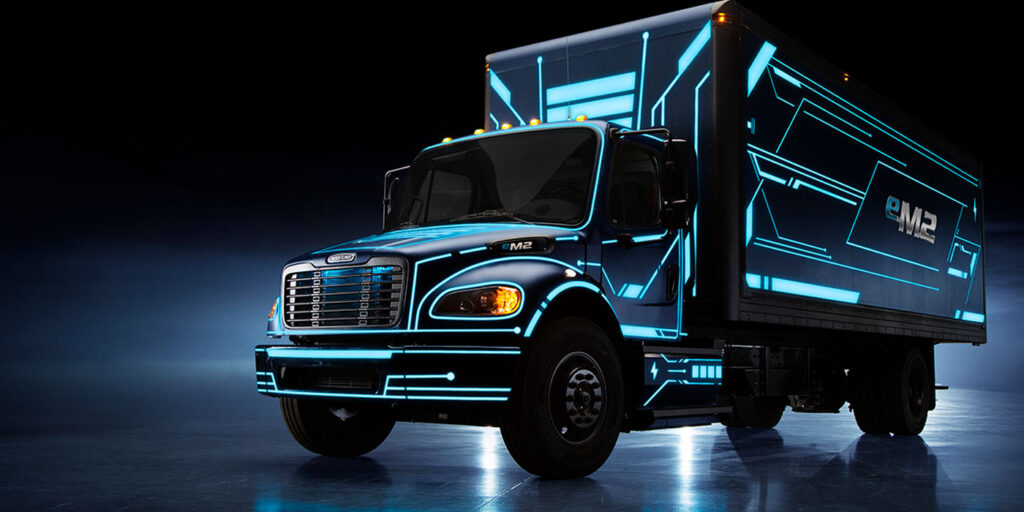
What about the impact on brake friction?
Given the potentially wide application of the regen braking system talked about in the “engine brake equivalent” section, the fact is that foundation brake usage will most likely be far less than that of diesel truck operations.
Bendix’s Romanchok confirms:
“There will be less usage on rotors and pads.”
That said, Romanchok said that brake frictions are designed to perform best when they’re used. So if you don’t use them as much, well, “There likely will need to be changes in friction formulation,” he said. “This allows for more optimal design, lighter caliper, reduced pad and rotor thickness. Service intervals will likely be extended, however there are other factors that will require component replacement such as corrosion.”
Brake pad manufacturer NRS Brakes noted that vehicles that use their brakes often allows them to heat and dissipate moisture. When regen takes over the bulk of braking applications, that means that brake pads could potentially rust and corrode prematurely due to moisture seeping into the porous friction materials. When this happens, the brake friction can adhere to the backing plate that can rust and the adhesion that holds the friction material in place breaks down.
NRS Brakes noted that its galvanized brake-pad sets have mechanically attached premium friction on a galvanized-steel backing plate that helps fight against rust and corrosion and allows the friction to wear out rather than fall apart. This construction prolongs the life of brake pads since the protected steel will not rot and fall apart before the friction has a chance to wear down.
Though as usual when talking about equipment, Dana’s Frenznick said: “The impact on brake service life depends on the specific use-cases related to application and operating duty cycle.”
The regen braking system takeaway
If you’re serious about putting electric trucks to work, you’re not going in blind. It takes lots of collaboration between your OEM, supplier, service provider and infrastructure partners. While electric truck technology is new, when you start digging into it, the parallels with the brake systems you’re used to spec’ing on diesel trucks start to bubble to the surface. You likely already have the answers to the questions you’ll face at first: What’s your application and duty cycle? What are your equipment demands?
The equipment choices tend to work themselves out from that point. Most importantly: ask questions, take test drives and find the solution that works best for you, just like any other equipment acquisition.

